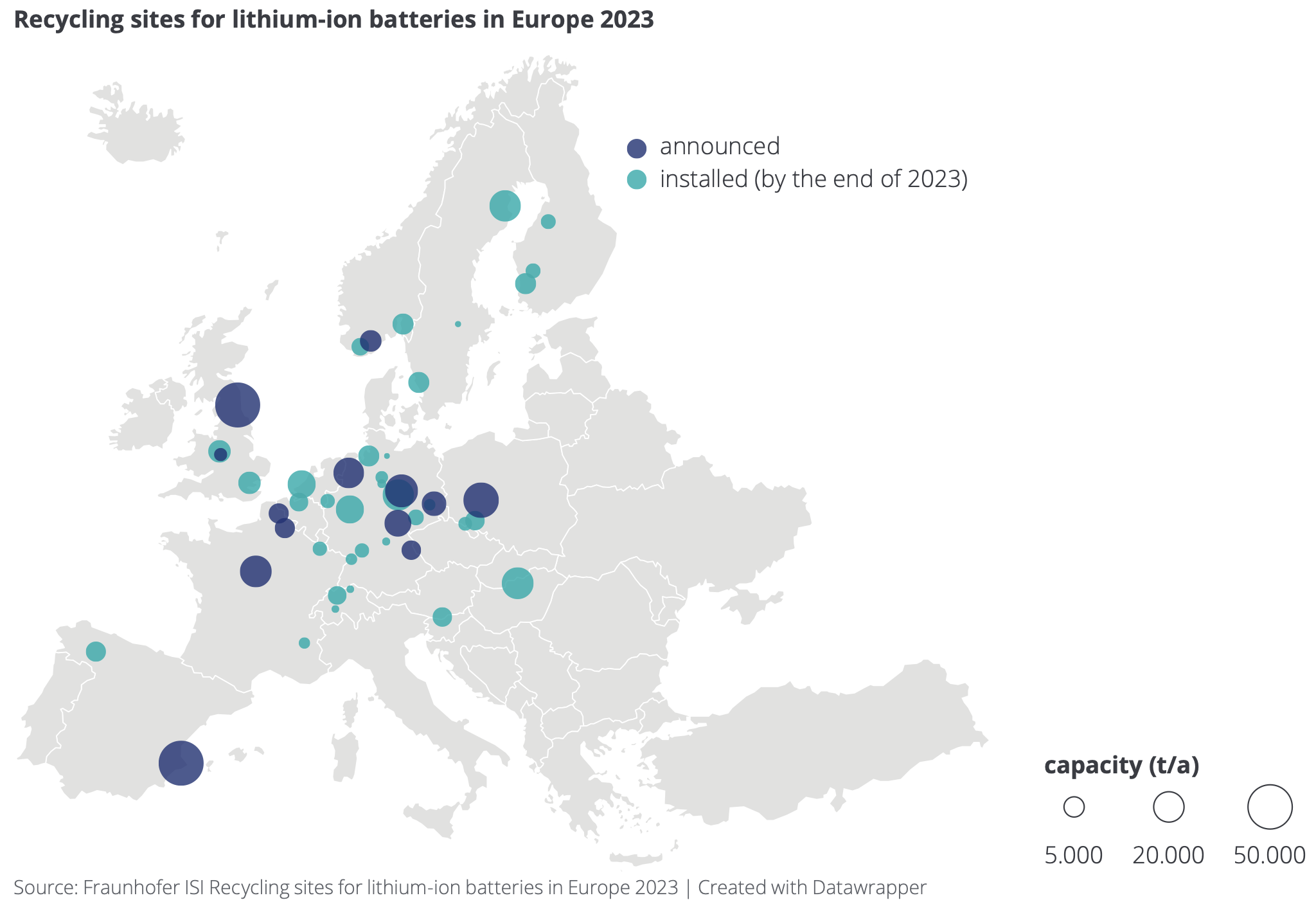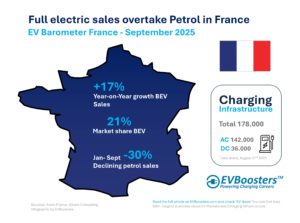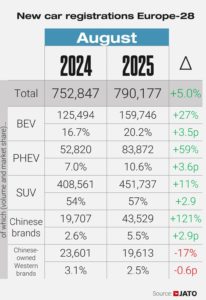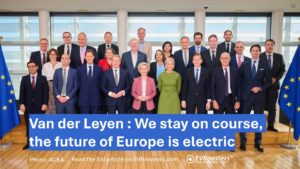Current Recycling Capacity and Challenges
Europe struggles with creating an efficient lithium-ion battery recycling infrastructure. Despite technological advancements, there aren’t enough facilities to meet the growing demand. As more EVs and energy storage systems emerge, the volume of end-of-life batteries will surge, challenging the existing recycling capabilities.
Several issues hinder progress. One major challenge is the high cost and complexity of recycling. Current technologies recover only about 70% of the lithium from used batteries, leaving valuable materials unutilised. The energy-intensive recycling process, which involves melting metals at over 1000°C, further complicates the situation. This leads to high energy consumption, loss of organic materials, and increased safety risks.
Regulatory Landscape and Industry Response
European governments recognise the need for sustainable battery recycling. The Council of the European Union adopted new regulations to improve recycling rates and reduce raw material imports. These regulations place more responsibility on battery manufacturers. They must disclose the carbon footprint of their batteries and meet stricter recycling targets.
By the end of 2025, manufacturers must recycle at least 65% of a battery’s total weight, increasing to 70% by 2030. Starting in 2024, all batteries must have a battery management system (BMS) to provide information on their health and lifespan. By 2027, a unique digital battery passport will be required for all new batteries, enhancing traceability and recycling efforts.
The Role of the Multi-Life Approach
A promising strategy to address the recycling challenge is the multi-life approach. This involves extending the life of batteries by repurposing them for different uses. For example, a car battery that no longer meets EV performance requirements can be reused in stationary energy storage systems or industrial applications like forklifts.
The multi-life approach maximises battery value and reduces environmental impact by delaying recycling. Designing batteries with modular components and standardized connectors makes disassembly and repurposing easier. This aligns with a circular economy, promoting resource efficiency and sustainability.
Future Outlook and Strategic Recommendations
Deloitte emphasises the need for coordinated efforts between industry stakeholders and policymakers to make the multi-life approach a reality. Key recommendations include:
- t
- Regulatory Support: Governments should provide clear guidelines and incentives for multi-life batteries. Subsidies for EVs with modified designs and grants for automated repurposing research are essential.
- Industry Collaboration: Manufacturers, refurbishers, and recyclers must work together to create a seamless ecosystem for multi-life batteries. Developing a digital platform to track battery health and lifespan is crucial.
- Technological Innovation: Continued investment in recycling technologies is vital to improve efficiency and cost-effectiveness. Research on enhancing the reusability of battery materials is key.
t
t
Conclusion
Europe’s lithium-ion battery recycling landscape in 2023 is at a crucial point. Significant progress has been made, but challenges remain. A concerted effort from industry and policymakers is needed. Embracing innovative approaches like the multi-life model and strengthening regulatory frameworks will help Europe build a sustainable and efficient battery recycling system. This will support the transition to a greener future.
Source: Deloitte







